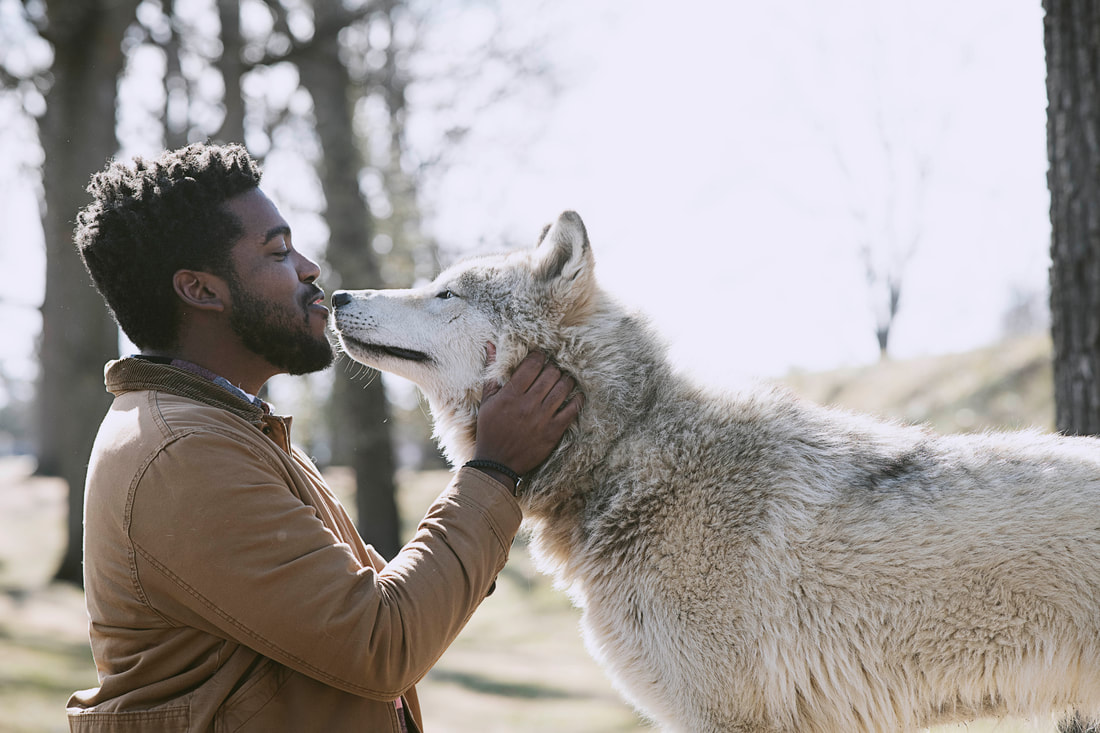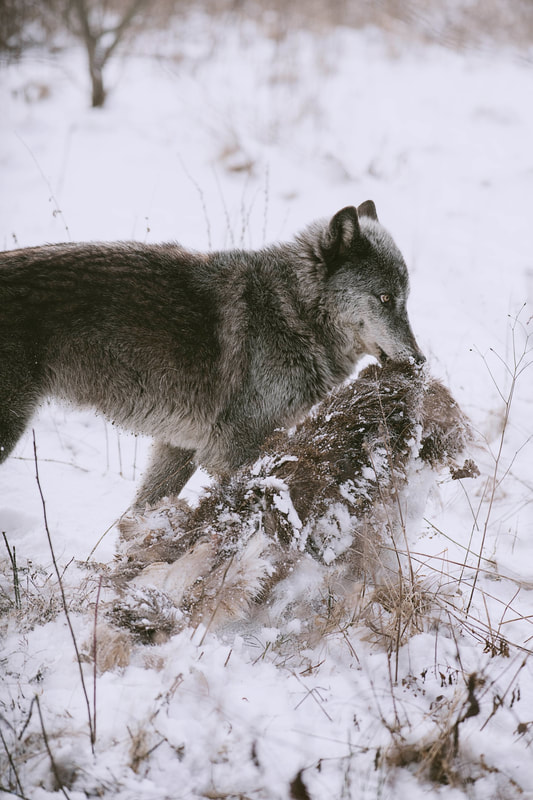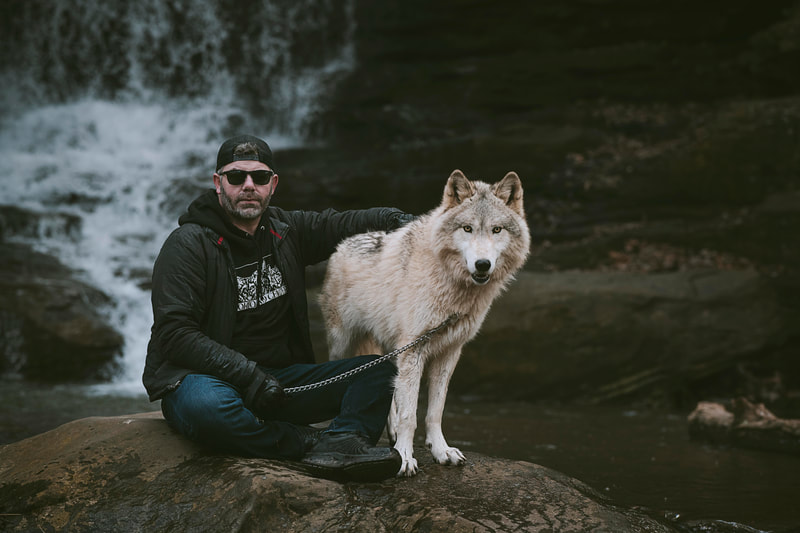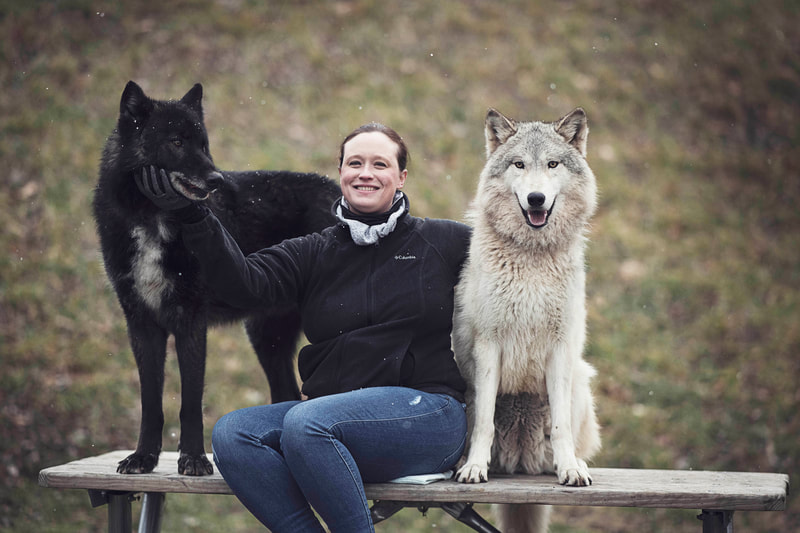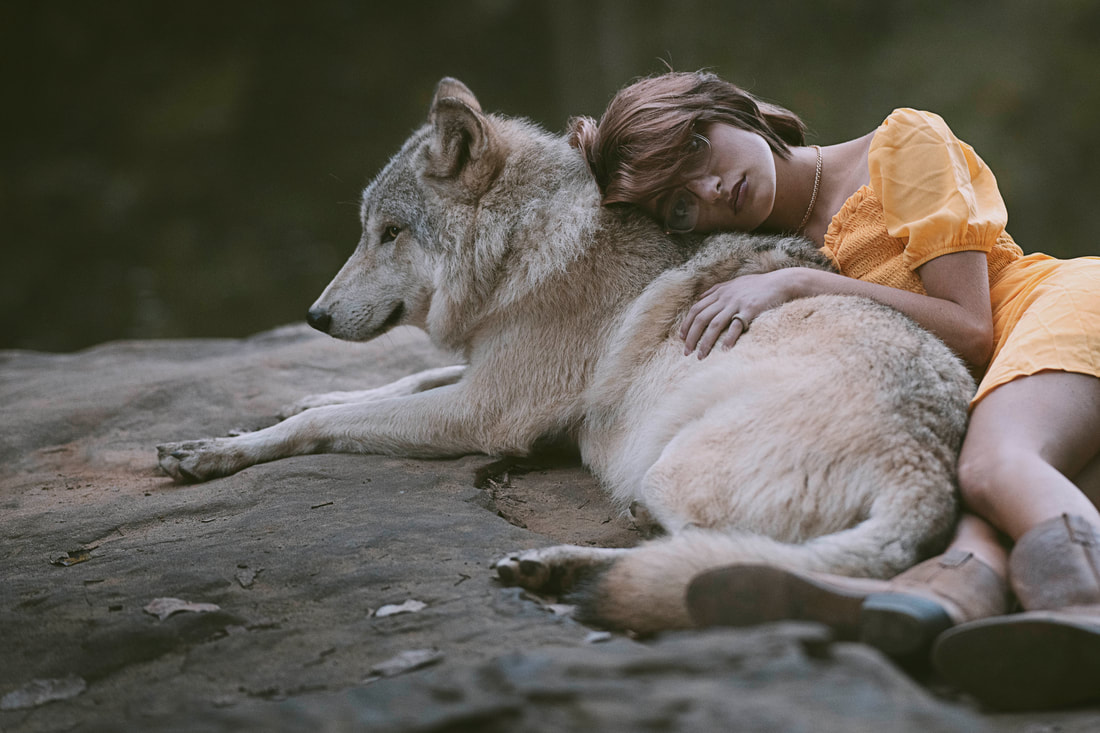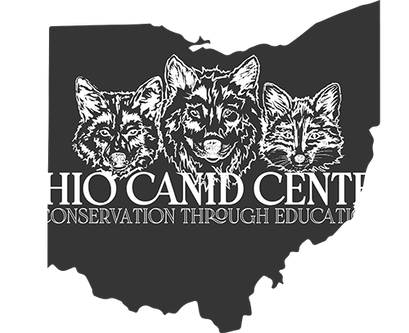There are all kinds of ambassador animals throughout the world representing their wild counterparts in educational programs, or zoos.
These are specially trained and socialized 'working' animals with an extremely important job: to help promote conservation and better understanding of wildlife.
This is done by interacting with the public.
These are specially trained and socialized 'working' animals with an extremely important job: to help promote conservation and better understanding of wildlife.
This is done by interacting with the public.
Socializing ambassador animalsThe initial 6-8 months are spent bonding with a new animal and forming mutual respect. In their career as a working animal, they will travel to schools, libraries, and creative sets so it is important for them to be used to these environments. Although these animals are not wild, it is still their instinct to be fearful of new stimuli, and training using positive methods is crucial because it is important that our animals love their job. We want them to do what we ask because they enjoy it, not because they fear the consequences. It can be similar to horse training in a way, as far as desensitizing them to things that would normally make them nervous (loading into a car, loud sounds, traffic, etc). It is not a fast process, but having a strong bond with an animal will make them that much more confident with the tasks we give them.
Housing and enrichmentEowyn enjoying a deer hide: a favorite enrichment item!
Our animals live in large outdoor enclosures with enough room to run and play to their hearts content. They are fed an all natural raw diet with added supplements. This not only is a form of enrichment in itself (playing with bone or hides), but it is healthier for them in the long run. These animals do not tolerate dog food as well as a domestic dog who has years of domestication that has helped it adapt to eating more grain (our domestic dogs are also raw fed, however!)
Although a big part of their enrichment is going out with us every day, at home we also give things such as pumpkins, watermelon, cucumbers, and other fruits and vegetables for them to eat and play with. We will also occasionally give them other things such as cardboard boxes, deer antlers, or frozen food that takes longer to consume. The possibilities are endless with enrichment, and we generally give things that are edible so it doubles as a snack and an activity. |
What is an ambassador wolf and where do they come from?Ambassador wolves are animals far removed from the wild and rely on their human caretakers. Just like there are working lines for dogs or horses, it goes the same with ambassador wolves. Some have an amount of dog in the lineage, and some do not. OCC's animals all come from lines that have small amounts of dog in their lineage, complying with state laws.
Important roles of ambassador wolvesThe most common use of ambassador wolves is for educational programs, but they are also what you'll see on television and in movies playing different roles. Many ambassador wolves travel with their handlers for all kinds of assignments. Another thing that most do not know is ambassadors are often used in B footage of wildlife documentaries, or other creative projects such as helping art students to learn their anatomy for animation purposes.
Not all ambassador animals leave their enclosures to 'work' like ours do. It just depends on the facility, and the particular role of the animal as an ambassador. Places such as Wolf Park in Indiana let visitors enter the enclosure to interact with the animal. This is a unique experience to be able to watch and also help researchers study their more natural behaviors. Many zoos also have ambassador animals with similar jobs with the goal of letting people get up close and personal with them in their own environment. There are many studies that show having a positive interaction with an ambassador animal helps encourage the public to become more understanding and sympathetic to that species. Sanctuaries and rescuesPeople often assume we are a sanctuary or rescue, and we are neither. An ambassador program is a totally different type of facility with other goals. A rescue would be a place for a social animal to go that can be placed into a proper home. Wolfdogs that end up in a rescue to be adopted out are typically not afraid of humans and crave that attention and daily interaction with a family. It is not fair to an animal like this to live in solidarity in an enclosure and be cared for as if it were wild (and given no human contact).
Sanctuaries are meant to be a last resort for an animal that comes into rescue. This could be due to temperament, health issues, or old age; all things that can deem them not adoptable. At a sanctuary, they will have a permanent setup where they can run and be mostly left alone, as sanctuary type animals normally are fearful of humans. You can see why this might not be the best place for an animal that is adoptable to the right (exprienced) home and enjoys interacting with people. |
